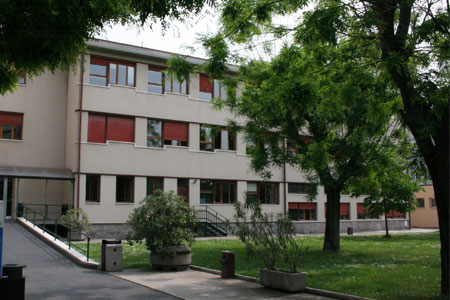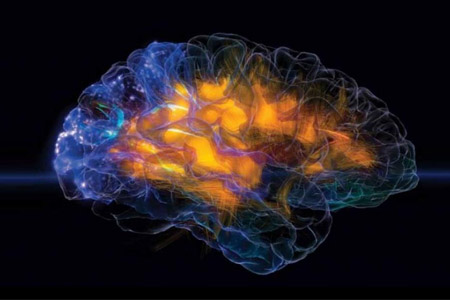Alzheimer’s disease (AD) will affect a larger number of people in the next future and will have dramatic impact on quality of life (QoL) of patients and their relatives, and the costs of the disease. Improving the health and well-being of AD patients and their caregivers is a top priority. AD comprises a range of symptoms, such as memory impairment, confusion, depression, and behavioral disturbances. Sundowning syndrome (SDS), i.e, the intensification of neuropsychiatric and behavioral symptoms in the late afternoon, is one of the most common phenomena associated with AD, but its etiology is unknown. There is strong evidence of irregular glucocorticoid secretion, caused by dysregulation of the hypothalamic–pituitary–adrenal axis (HPA-axis), in AD. We recently showed association between HPA-axis dysfunction and SDS in AD, suggesting that high levels of cortisol is a primary trigger for SDS. The aim of this study is to investigate the effects of a new therapeutic approach that via a natural down-regulation of glucocorticoid secretion may reduce SDS in AD. By reducing endogenous levels of glucocorticoids, we expect a concomitant reduction of SDS symptoms. Environmental therapy (ET), a non-pharmacological intervention based on interactions with nature as source of multisensory stimulation, may reduce aggression and improve satisfaction and QoL in dementia. A small, nonrandomized study showed that ET may also reduce medication intake and falls in AD. However, the effect of ET on SDS symptoms is unknown. To test our hypothesis, we will investigate whether ET can decrease cortisol in parallel with SDS phenomena in AD. SDS has a negative impact on QoL in AD, especially because behavioral symptoms, such as wandering and physical aggression, may cause falls, be risky for patients and caregivers, and increase the likelihood of pharmacological and physical contention. Clinical and economic impact of this research is potentially relevant, because of the reduction of AD costs.







